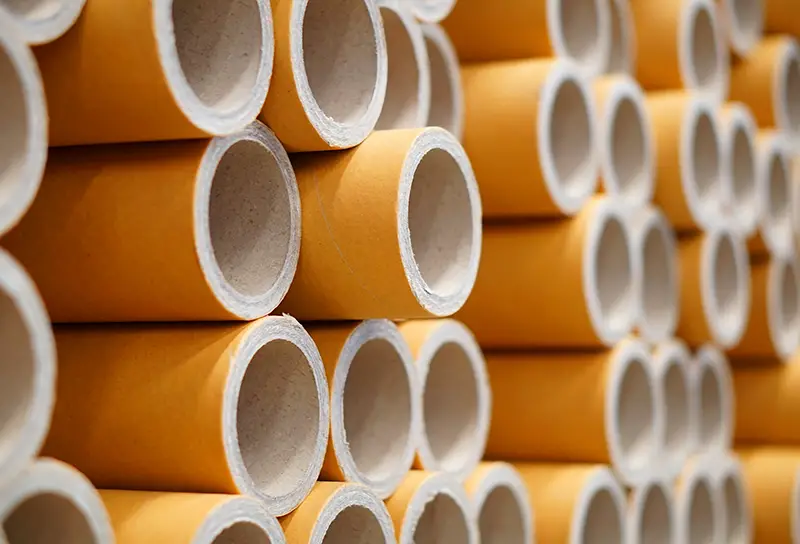Click here to get this post in PDF
If you’re shipping fragile items, using paper cores in your packaging can help keep your products safe and sound during transit. A paper core is a cylindrical roll of corrugated paper and is used to reinforce most shipping containers, including cartons, crates, and other types of packaging.
Once you’ve determined what type of shipping container will be best for your products or services, using paper cores can help you to effectively package your product and prevent it from being damaged during transit. Here’s how it works!
Paper Cores Can Be Used as Containers for Products That Come on a Roll
Paper cores are often used as containers for products on a roll, such as rubber. When choosing a paper core for your product, it is essential to use the proper specifications to ensure your product rolls on smoothly.
This ensures no damage to the end user’s equipment or your product during loading, shipping, and unloading the roll from its container. If the core is too small in diameter, the roll will not roll freely and can buckle, which can cause operator discomfort and can result in a variable wind of product on the core.
Paper Cores Are Versatile and Can Be Customized for Your Needs
Paperboard cores can safely protect your products against water and spills, especially if the core’s composition is suited to your specific product. Different types of paperboard cores can be customized to meet your needs. Some common types include:
- PVC-free corrugated cardboard paperboard (PC) grooves with a high peel strength and low flake weight. This type has a strong adhesive that bonds well to a nonwoven fabric backing. It’s suitable for products such as credit cards, business cards, and gift certificates that are designed to withstand exposure to water or spills.
- Paperboard corrugated cardboard (PC) with a high peel strength and low flake weight is designed for use with die-cut machines. This type of paperboard is thinner than PC corrugations but stronger than flimsy newsprint boards, making it more resistant to tearing from cutting blades than lighter papers such as Kraft stock envelopes.
Where Should You Use Paper Cores?
Some of your products may not need a paper core, but what should you put in them for those that do? It depends on your product and how you want to present it. Customers are likely to tear open and throw away plastic cores—but if you’re packaging an item that doesn’t need frequent access or displays well, then a decorative paper or plastic core is fine. You can also use a clear plastic sleeve over an attractive paper core; that way, customers can see what they’re getting before they tear into it.
Conclusion
Packaging is critical to consumers’ perception of your product. By incorporating paper cores into your design, you can protect your products from damage and provide consumers with an easy-to-open experience. You can use paper cores to protect your products during storage and shipping. Paper cores prevent dings, saving money on replacements.
You may also like: Reasons to Consider Thermoplastics for Product Packaging
Image source: Shutterstock.com

